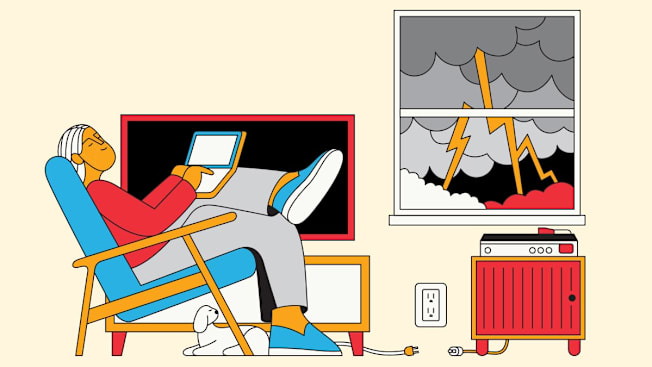Is It True That You Should Unplug Your Electronics Before a Thunderstorm?
When you shop through retailer links on our site, we may earn affiliate commissions. 100% of the fees we collect are used to support our nonprofit mission. Learn more.

Yes. According to the National Weather Service, when lightning strikes a building—or even just nearby—it can send a powerful surge of electricity through the wiring and into anything that’s plugged in. That can fry the sensitive components of electronics. (Such damage could also void a manufacturer’s warranty. For example, HP’s Standard Limited Warranty on laptops states that it doesn’t cover damage caused by power surges.)
More Phone Tips for Weathering a Storm
Charge your devices. Your smartphone could become the primary way you summon help if needed. It can be a survival tool—but it only works if its battery is charged.
Conserve your phone’s power. Do all you can to conserve energy. "Most phones have a battery-saver mode, which disables automatic updates and notifications," says Richard Fisco, head of electronics testing for Consumer Reports. You can also save energy by reducing your phone’s display brightness and turning off the auto brightness feature, which may override your new stingier settings.
Abstain from using power-hungry apps unless they’re totally necessary. "If you’re really concerned about conserving the charge in your battery, you shouldn’t be streaming video, shooting video, or even taking pictures," Fisco says. (See the smartphones with the best battery life in CR’s testing.)
Best Portable Generators to Power Your Home
These workhorses provide 7,000 to more than 8,000 watts of power and usually weigh upward of 200 pounds. They’re what you want to power most or all of your home’s essentials during a prolonged outage. Prices currently range from just under $1,000 to nearly $2,000. See our generator ratings and buying guide for more options and shopping advice.
Editor’s Note: This article appeared in the September/October 2025 issue of Consumer Reports magazine.




















